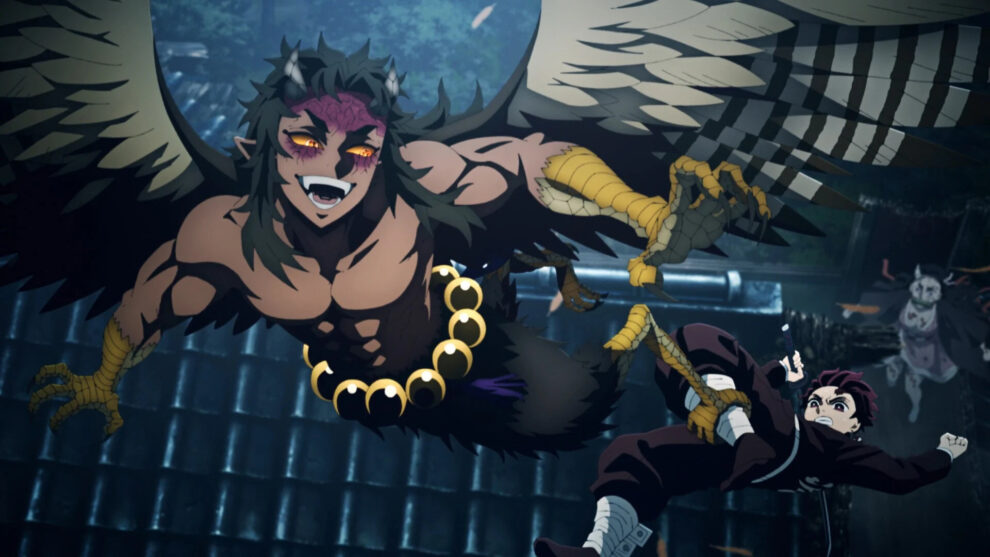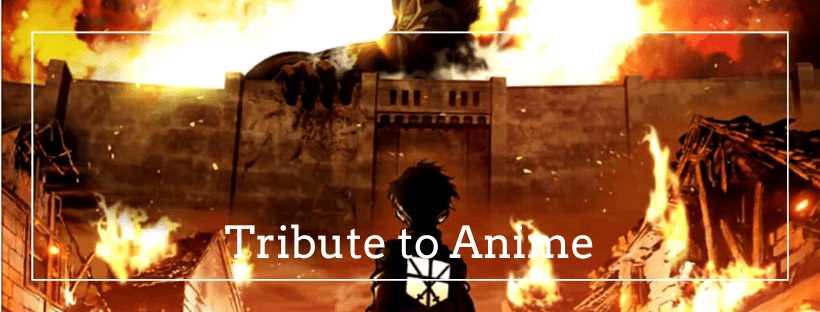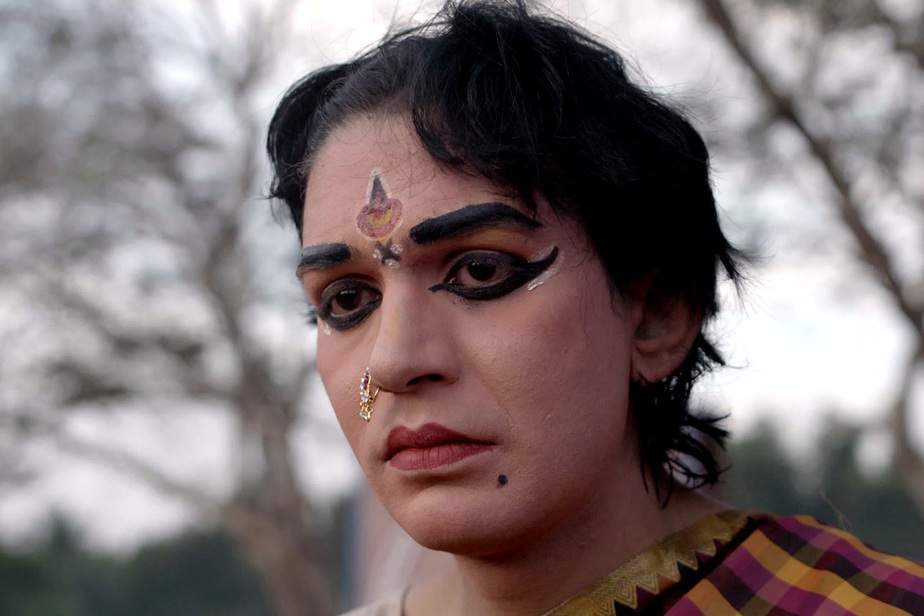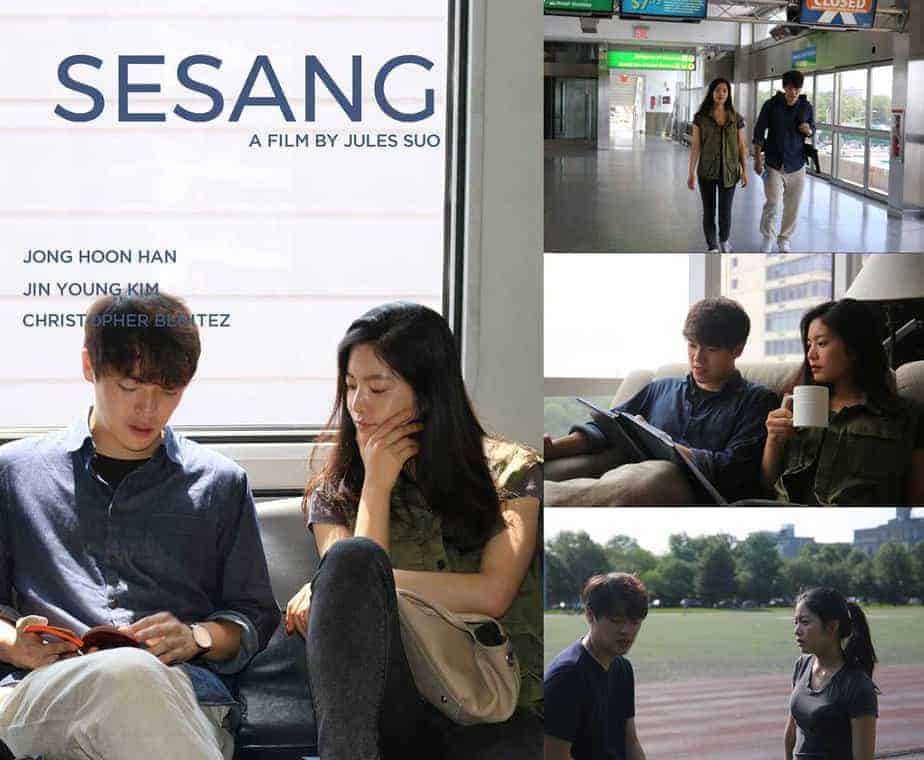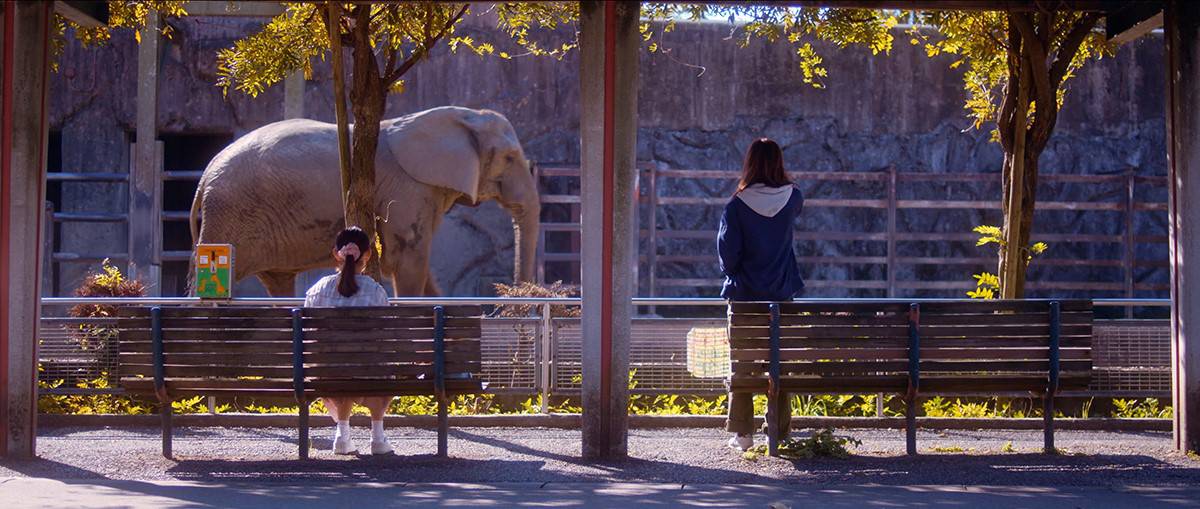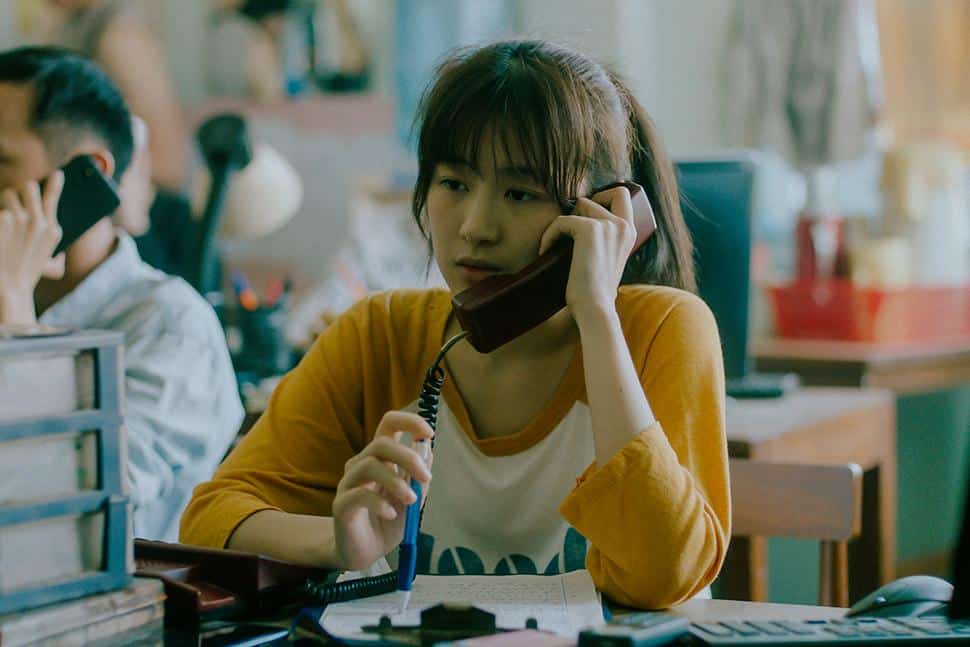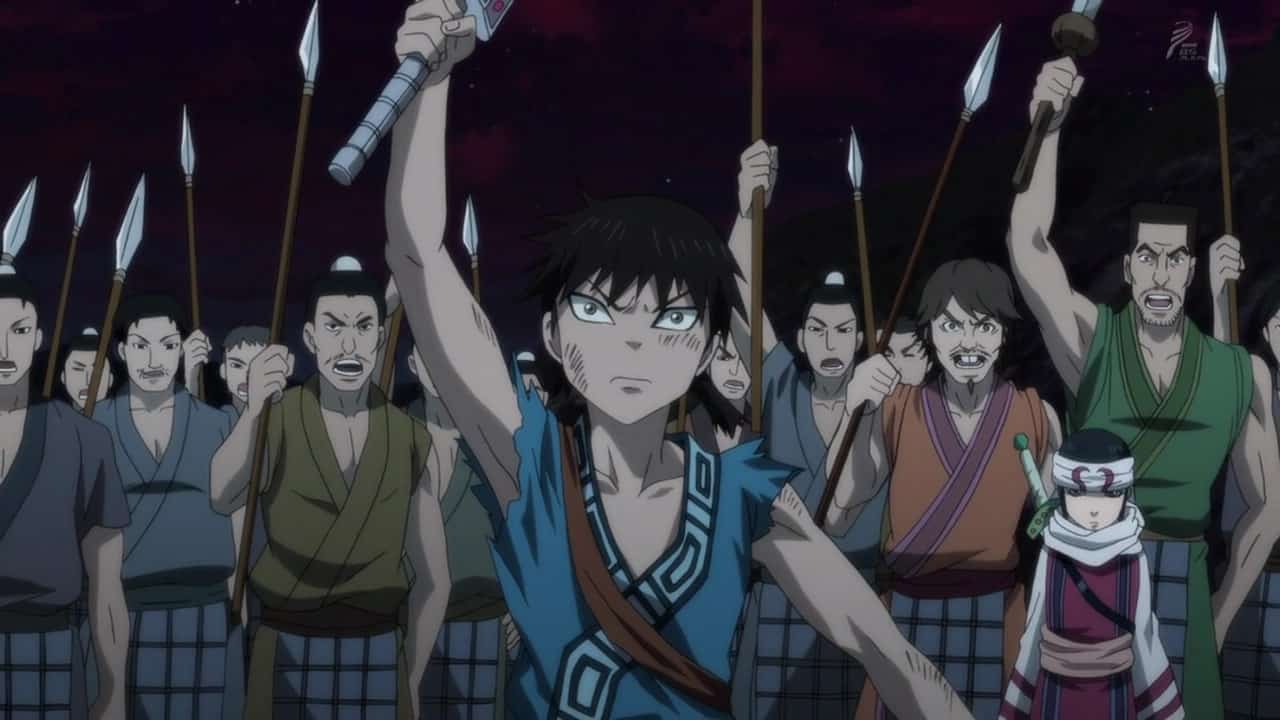The Demon Slayer franchise continues to do everything that needs to be done to take it to the top of the shonen category, with the series definitely holding one among the highest places of the category currently. And although the animation and the artform in general is probably the main reason, it would be also interesting to see how the third season fares in terms of context.
Watch This Title on Crunchyroll
by clicking on the image below

The season begins with the protagonists recuperating from their battle with Gyutaro and Daki, but Tanjiro and Nezuko soon leave the rest behind, instead traveling to the hidden Swordsmith Village, in order to find the latter's swordsmith Hotaru Haganezuka, who refuses to forge him a new sword. Meanwhile, Muzan summons the remaining Upper Rank demons to the Infinity Castle, in order to admonish them for their recent failures. When Gyokko shares some new information, he is sent on a joint mission with Hantengu, which, expectedly, ends with them attacking the Swordsmith Village. In the meantime, Tanjiro and Nezuko meet Muichiro, who is there to train with an advanced mechanical training doll, built after a swordsman who lived over 300 years ago. In the village is also another Hashira, Mitsuri Kanroji as well as Genya, the Wind Hashira Sanemi Shinazugawa's younger brother and fellow Demon Slayer. Mitsuri is kind to him, but the same does not apply to the other two, all of which, however, have to come together to face the two upper Demons when they attack the village. All the while, Haganezuka proves the reason for his prowess is a truly blind obsession in his art.
As usual in the series, the sole episode that aims more on comedy than in action, number 2 that is, is definitely the worst of the season, with the pedantic comedy and the silly faces taking over in the most annoying fashion. Thankfully, by the third, the new demons have already attacked, and the people behind the anime deal with what they are probably the best at the moment, the action. Tanjiro and Nezuko are there once more, with their cooperation eventually producing a red fire sword that definitely steals the show in terms of presentation. However, what truly makes the difference here is the inclusion, for the first time, of the two Hashira and the two Upper Demons, which give a truly unique note to the whole series, also in terms of context.
In that fashion, Muichiro's almost sociopathic indifference is fully explored, with him finally remembering his tragic past. The same, more or less applies to Mitsuri, although in a much more lighter tone, while Haruo Sotozaki also presents, briefly, the past of Muzan and Hantengu, in an effort to include more drama in the series, which does not work that greatly though, since it is included throughout the battles in a way that simply prolongs them, in the usual tendency of the shonen. On the other hand, Haganezuka, despite his overall buffoonery, emerges as a rather interesting character due to his obsession, which is also the reason we watch Gyokko stumbling upon someone that annoys him. The latter is also an interesting villain, particularly in the way he considers his brutal actions art. Hantengu, on the other hand, may exhibit the reasons he is so high up in the ranking but the fight with one of his forms emerges as rather annoying after a point, in a style that is also somewhat pedantic. Lastly, the new twist that is presented in the finale is as shocking as possible, essentially paving the way for even more chaos in the next season.
As we mentioned, however, the focus is not on context but on action, and it is here that the anime truly thrives. Ι dare say that the imagination of the creators regarding the villains is boundless, with Gyokko in particular and his varying jars and creature-creating abilities resulting in one of the most impressive villains we have ever seen in a series. Akira Matsushima's character design finds its apogee in all of the aspects of the demon, with the way his hands and eyes are presented in particular being as unique as they are intricately grotesque. Hantengu is equally detailed and impressive, but his drawing follows more traditional patterns, including a dragon, a priest, a harpy, and an oni (as in demon).
The “dangerous Barbie” approach reserved for Mitsuri also works quite well, with her sword being one of the best aspects of the overall outstanding animation by Ufotable, finding its zenith in the battle with the dragon. As usual, the drawing and animation of the various techniques the Hashira and Tanjiro use is astonishing, as is its result, with the red fire sword and the whipping sword being probably the most impressive. The use of a gun by Genya is also well implemented and another new element that works well for the story and the action. Regarding the character design, the choice to present the people of the village wearing masks is actually ideal, as the alternative, of having a plethora of characters that look too much alike, would definitely decrease the quality of the aspect. Lastly, the depiction of the Infinity Castle is once more astonishing.
Not much more to say, in terms of context, “Demon Slayer” does not exactly reinvigorate the genre, with a number of its aspects essentially being cliched. The production values however, including character design, animation, background drawing and music are definitely in the top of the category and those that will keep the anime popular for its next seasons also.


